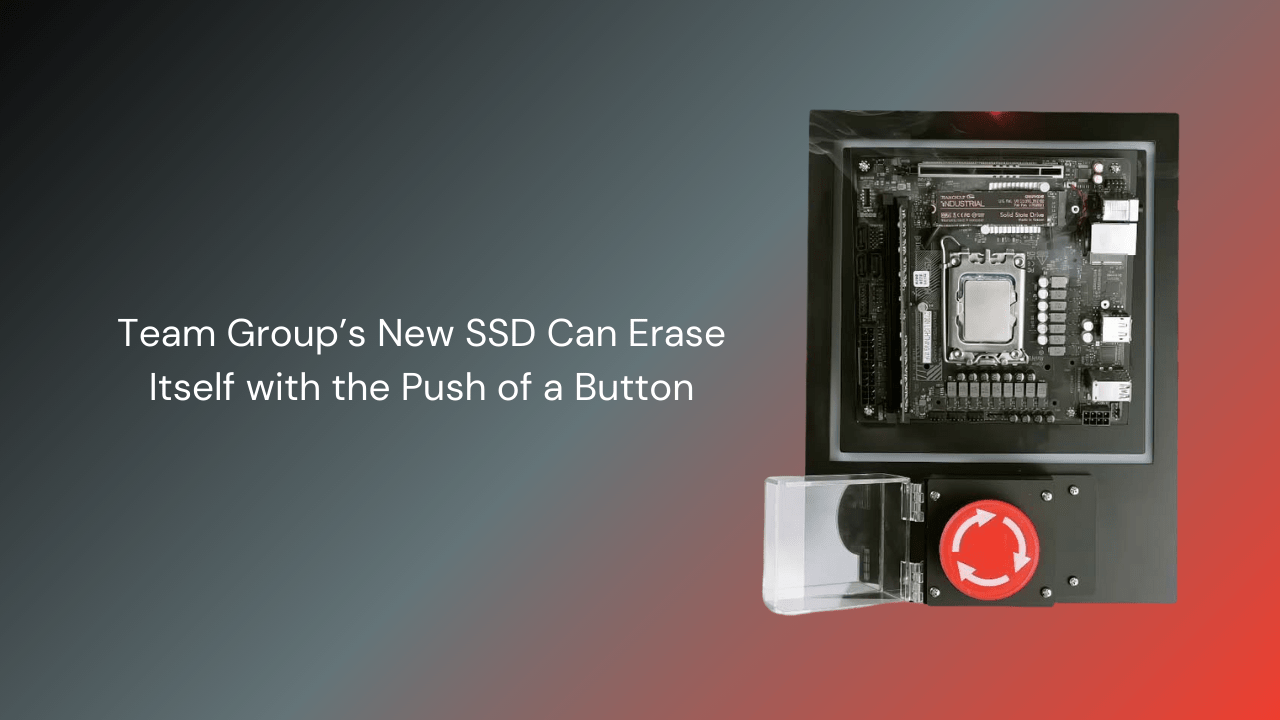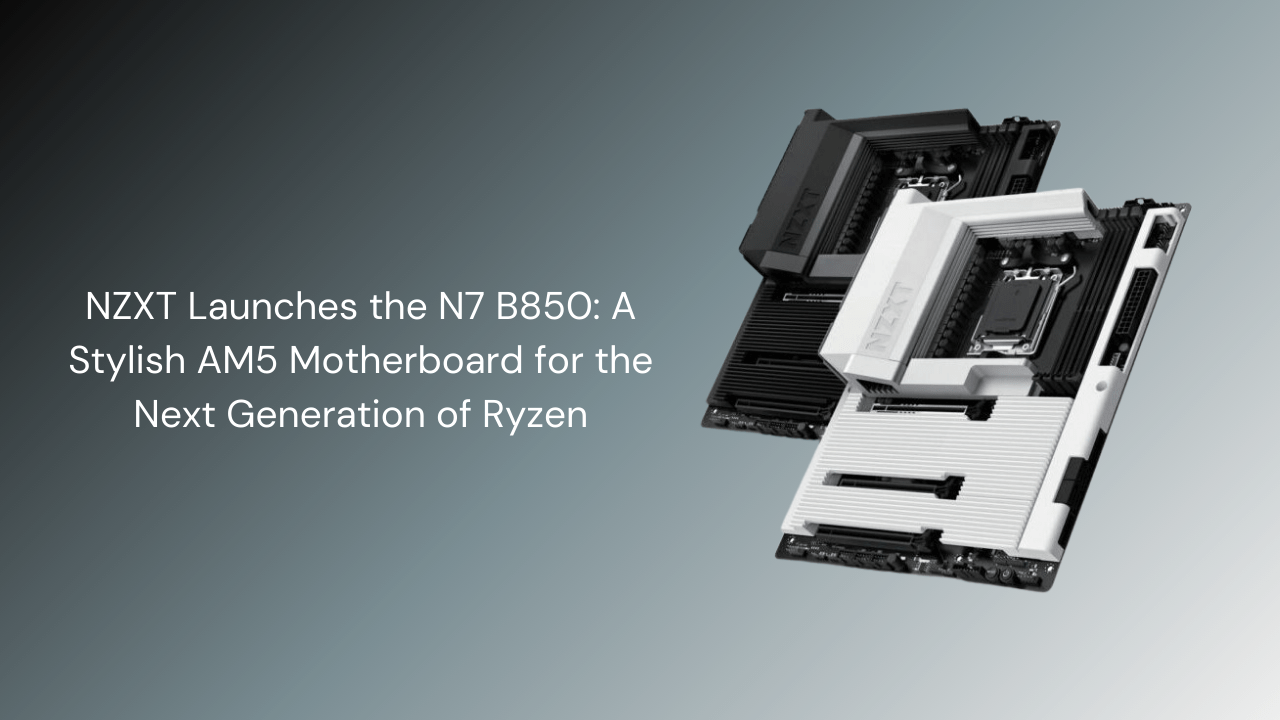The world of PC hardware may be on the verge of a significant shift in how graphics cards are powered. A new design called the GC-HPCE connector aims to eliminate the need for traditional power cables entirely, instead integrating the power delivery directly through the motherboard. This innovation could deliver up to 900 watts to a GPU, a figure that easily covers the extreme power demands of current and future flagship graphics cards.
The design surfaced at Computex, where Asus demonstrated a prototype motherboard and GPU making use of the technology. Rather than plugging bulky cables into the top or side of the graphics card, the connector sits just behind the PCIe x16 slot. It establishes a direct link between the motherboard and the graphics card, allowing power to flow through the board itself. This not only improves visual presentation but also clears space within the case for better airflow and simpler cable management.
What makes the GC-HPCE connector particularly appealing is its durability. Built on server-grade High Power Card Edge technology, the connector is engineered for up to 200 insertions and removals. For comparison, Nvidia’s widely used 12VHPWR connector is typically rated for about 30. This gives the new design a clear edge for enthusiasts who frequently swap or upgrade their components, as well as for professionals running heavy-duty systems.
Another advantage of this approach is the level of polish it brings to PC builds. With no visible GPU power cables, systems take on a much cleaner aesthetic. Builders who value tidy layouts and unobstructed airflow will appreciate how the connector contributes to both performance and appearance. However, adoption will not be instant. Both the motherboard and the graphics card need to be manufactured with this connector in mind, which means early availability will likely be limited to select partnerships.
The potential is promising, but questions remain. Routing such high levels of power through the motherboard requires careful engineering to ensure stability and safety. There are also concerns about whether manufacturers beyond Asus will support the design and how much more expensive compatible motherboards might be. If these challenges are addressed, the GC-HPCE connector could mark the beginning of a new standard in high-performance PC hardware.
As GPUs continue to grow in power consumption, the search for reliable, efficient, and user-friendly solutions becomes more urgent. This new connector presents a bold step forward, one that could redefine how modern gaming rigs and workstations are designed in the years ahead.



